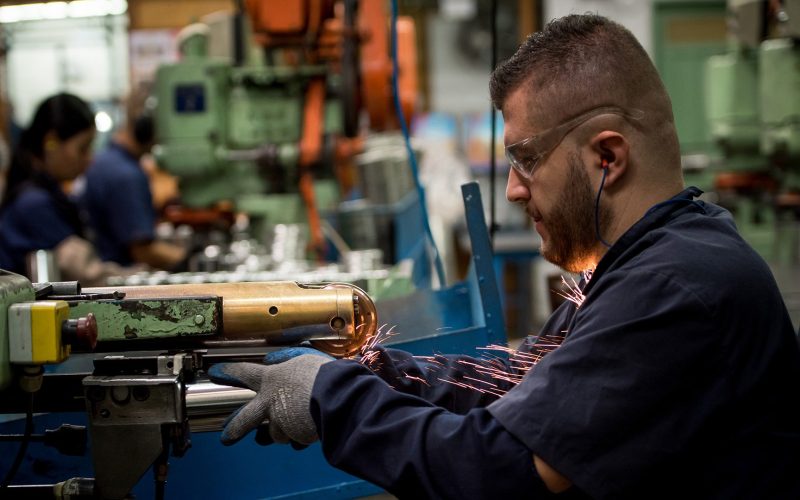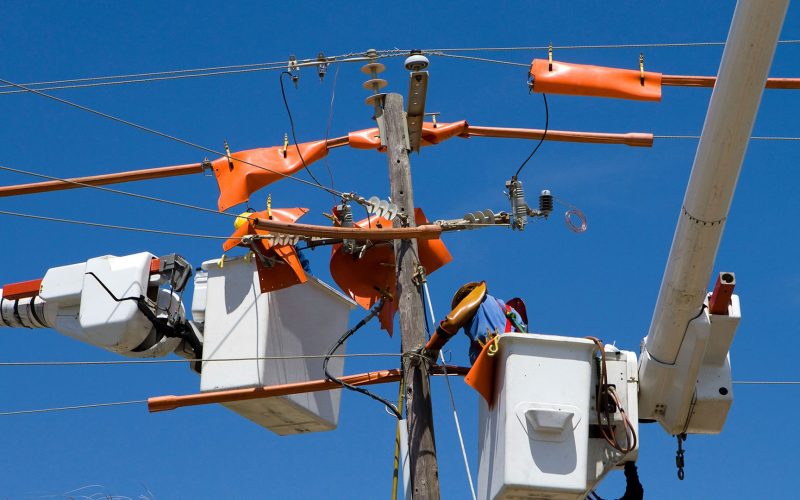THE VOICE FOR THE ENERGY CONSUMER

CEA Midwest Executive Director Chris Ventura has the opportunity to speak with WTOL‘s Victoria Idoni about what families will see as they prepare to hit the roads over the Thanksgiving.

As communities across the Midwest and Mid-Atlantic are continuing to rebuild their economies after the Great Recession, CEA President David Holt looks at how activists are determined to stop any.

WILLIAMSBURG, VA — Thanks to increased production and safer, state-of-the-art technologies – which together have decreased the price of natural gas — Virginians saved almost $11 billion between 2006 and.

CEA Florida’s Kevin Doyle discusses the impact of energy policy in the recent Florida elections, and why voters support candidates that offer commonsense policies and solutions that ensure we can.

Top 5 in Energy November 5 – 10 Energy is the bedrock of modern existence. It influences world economies and family budgets alike. Given its societal significance, we publish a.

Snow has already fallen in almost all 50 states except Hawaii, Louisiana, and Florida. If you haven’t already started getting your garage or shed prepared for winter – it’s time..

As we’ve reported previously, constraints in our country’s critical energy delivery network are continuing to impact American energy production, preventing families and businesses from seeing lower energy costs. In recent.

Besides the people who fill it, consistent comfort is one of the most important qualities that help make a house a home. Keeping it comfortable, however, can be a bit.

Did you know the U.S. is the number one producer of natural gas? A basic lesson in economics reminds us when you have a large supply of something, the price.

Jobs, jobs, and jobs are the three words we often hear when economists talk about the financial health of our nation, state, region or even our neighborhoods. It was definitely.